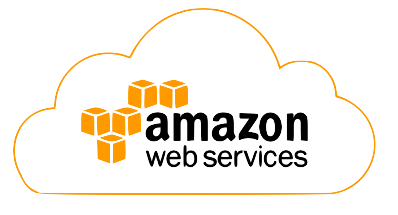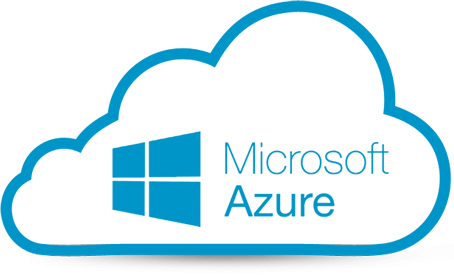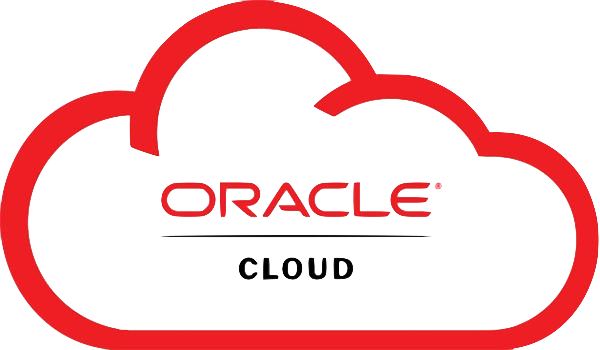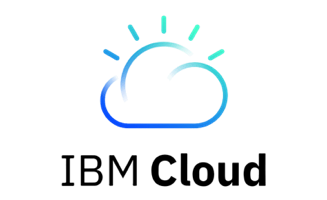Cloud Services
Cloud services refer to the on-demand availability of computing resources—like servers, storage, and networking—without the need to own or manage physical hardware. You can think of it as renting instead of buying.
Analogy: Car Rentals vs. Ownership
To understand this better, consider the analogy of self-driving car rentals, commonly available in many countries. This is different from traditional taxi or chauffeur-driven services.
A few decades ago:
- If you needed a car, you had to own one.
- Ownership came with high upfront costs, maintenance hassles, repairs, and insurance responsibilities.
- People who couldn’t afford a car had no access to private transportation.
Now:
- Self-driving rental services let you use a car for a few hours or months by paying only for what you use (distance or time).
- The rental company handles maintenance, breakdowns, and insurance.
- You often don't need to pick up or return the car physically—some services offer doorstep delivery and pickup.
How This Relates to Cloud Services
Cloud computing follows the same model:
- Instead of buying and managing your own servers and IT infrastructure, you rent them from a cloud provider.
- You pay based on your usage: time, data transfer, CPU power, or storage space.
- Like car rentals, cloud services reduce ownership hassle and improve flexibility.
- And unlike cars, cloud services can be accessed from anywhere with an internet connection.
Definition
Cloud Service:
A cloud service is a rental-based computing solution that allows you to use servers, storage, bandwidth, and processing power over the internet.
Market Share of Cloud Service Providers (Q1 2025)
| Logo | Provider | Market Share |
|---|---|---|
 | Amazon AWS | 30% |
 | Microsoft Azure | 22% |
 | Google Cloud | 12% |
| Alibaba Cloud | 4 % | |
 | Oracle Cloud | N/A |
 | IBM Cloud | N/A |
 | Tencent Cloud | N/A |
Note: Logos are included for brand recognition. Market share data may have changed since Q1 2025.
Cloud Service Models
Cloud services are typically categorized into three main models:
1. Infrastructure as a Service (IaaS)
- Provides virtualized computing resources over the internet.
- Includes servers, storage, networking, and operating systems.
- Offers maximum flexibility and control.
- Target users: IT administrators and organizations that want to manage their infrastructure.
2. Platform as a Service (PaaS)
- Includes everything in IaaS plus tools and frameworks for app development.
- Providers manage hardware and software needed for app deployment.
- Developers can focus on coding rather than setup.
- Target users: Software developers and DevOps teams.
3. Software as a Service (SaaS)
- Fully functional, ready-to-use applications delivered over the internet.
- No setup or installation required.
- Examples: Google Workspace, Salesforce, Microsoft 365, YouTube.
- Target users: End users and businesses using apps for productivity, communication, or entertainment.